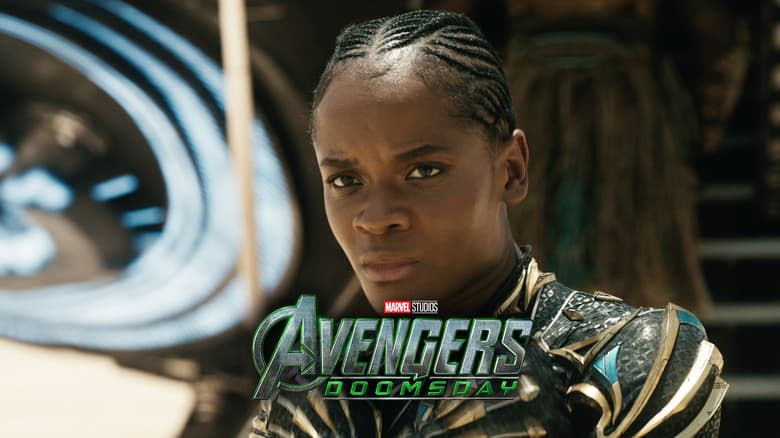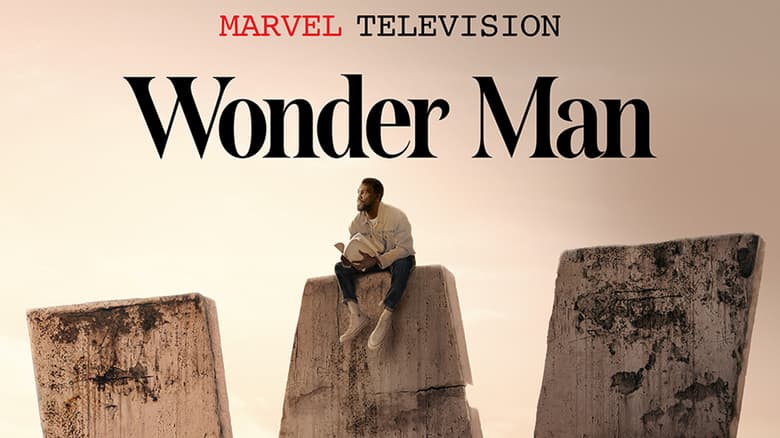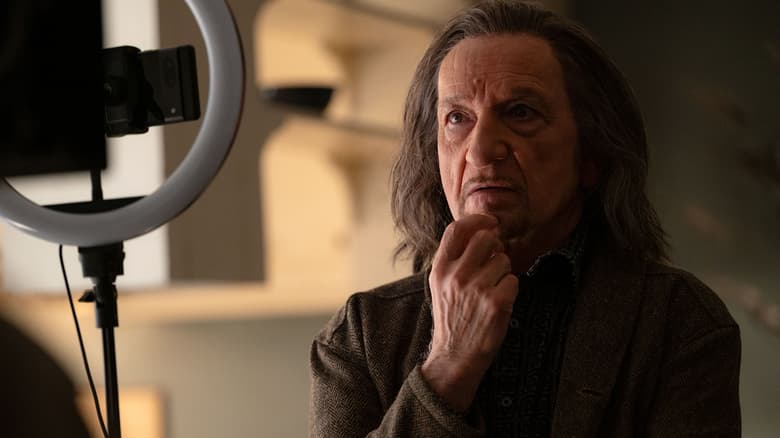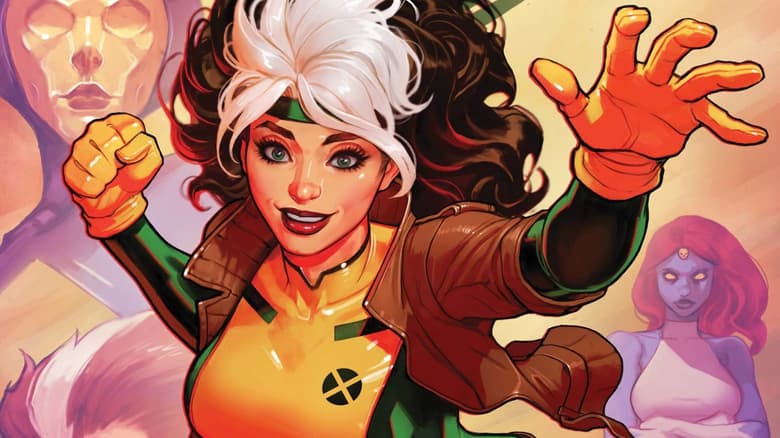Marvel 75: September 11, 2001
Looking back on how Marvel honored the heroes and the lost.

At 8:46 AM Eastern Time on September 11, 2001 a plane hit North Tower 1 of the World Trade Center in New York City. Less than two hours later, another plane would strike South Tower 2, one would crash into the Pentagon, and a final plane ended up in a Pennsylvania field. For the first time since Pearl Harbor, the United States had been the victim of a foreign assault on American soil. The attacks claimed the lives of 2,977 victims and injured over 6,000 more, shocking the international community and carving literal wounds in the American landscape.
For over 60 years, Marvel Comics not only grounded its universe in the streets and boroughs of the Big Apple, but its very offices stood about 3.5 miles away from the World Trade Complex. In addition, many of the editors, writers, artists, and other staff that made the comics fans enjoyed so much possible called the city and the surrounding areas home. Therefore, for Marvel and its employees, the chaos of that day did not unfold on a TV screen, it took place right outside their windows.
Like all Americans, Marvel found itself raw and seeking any way to help in the months that followed. Turning to the characters that had brought entertainment and joy so many times over the year, Marvel sought to utilize them to honor the real life heroes of the attacks and the weeks that followed, and to bring hope to its readers.

Amazing Spider-Man (1999) #36 Cover
The first of these projects, AMAZING SPIDER-MAN #36, hit stands in December of 2001. Centering on Spider-Man and other heroes’ efforts to aid the first responders in helping at Ground Zero, the issue offered a clear message: no matter how great, interesting, or fun the fictional protagonists of the Marvel Universe had been over the years, the true brave people of the moment—and on an ongoing basis—were the paramedics, officers, and firemen who waded into the situation on that day and the days and weeks that followed to help their fellow human beings. Also, by revealing the vulnerability of the characters as they struggled with the moment, Marvel sought to reassure readers that even champions with super strength, great tactical minds, or radar senses would be scared and angry and confused in light of such a sudden and cruel attack. And even if heroes could be overwhelmed the reader should feel ok with his or her own complex and overwhelming feelings. We all feel this way right now, the issue promises, but we can all be strong too—just like our heroes.

Heroes cover by Alex Ross
Later that month came the one-shot magazine format special, HEROES. Featuring work from incredible talents including Neal Adams, Paul Dini, Dave Gibbons, Joe Quesada, Walt Simonson, Kevin Smith, and countless others, it continued to honor the first responders and feed that still aching need to do something, anything, to feel a bit more active and a bit less rocked back on our collective heels. Arguably the key moment of the book comes when an exhausted Captain America finds the strength to continue from the inspiration of NYPD and FDNY, an obvious metaphor for the strength each citizen could draw from each other.

Moment of Silence cover by Joe Quesada
A few months later, Marvel released the final of the three 9/11-related projects, MOMENT OF SILENCE. Here, the focus had shifted some. Finally a few steps removed from the maelstrom, MOMENT provided a nearly wordless platform for contemplation, for allowing ourselves to slow down, to stop, and mourn those we lost and embrace those who survived along with us.
The three projects, all said, raised over a million dollars for the Twin Towers Fund, the largest comic book fundraising project to date. Through its art, Marvel had connected readers with their heroes and offered a sense that all of us might not be as alone as we feel, while raising money. With three books, the company fulfilled both the drive to alleviate the psychic pain of the attacks and provide tangible help going forward.
The Daily Bugle
Can’t-miss news and updates from across the Marvel Universe!




